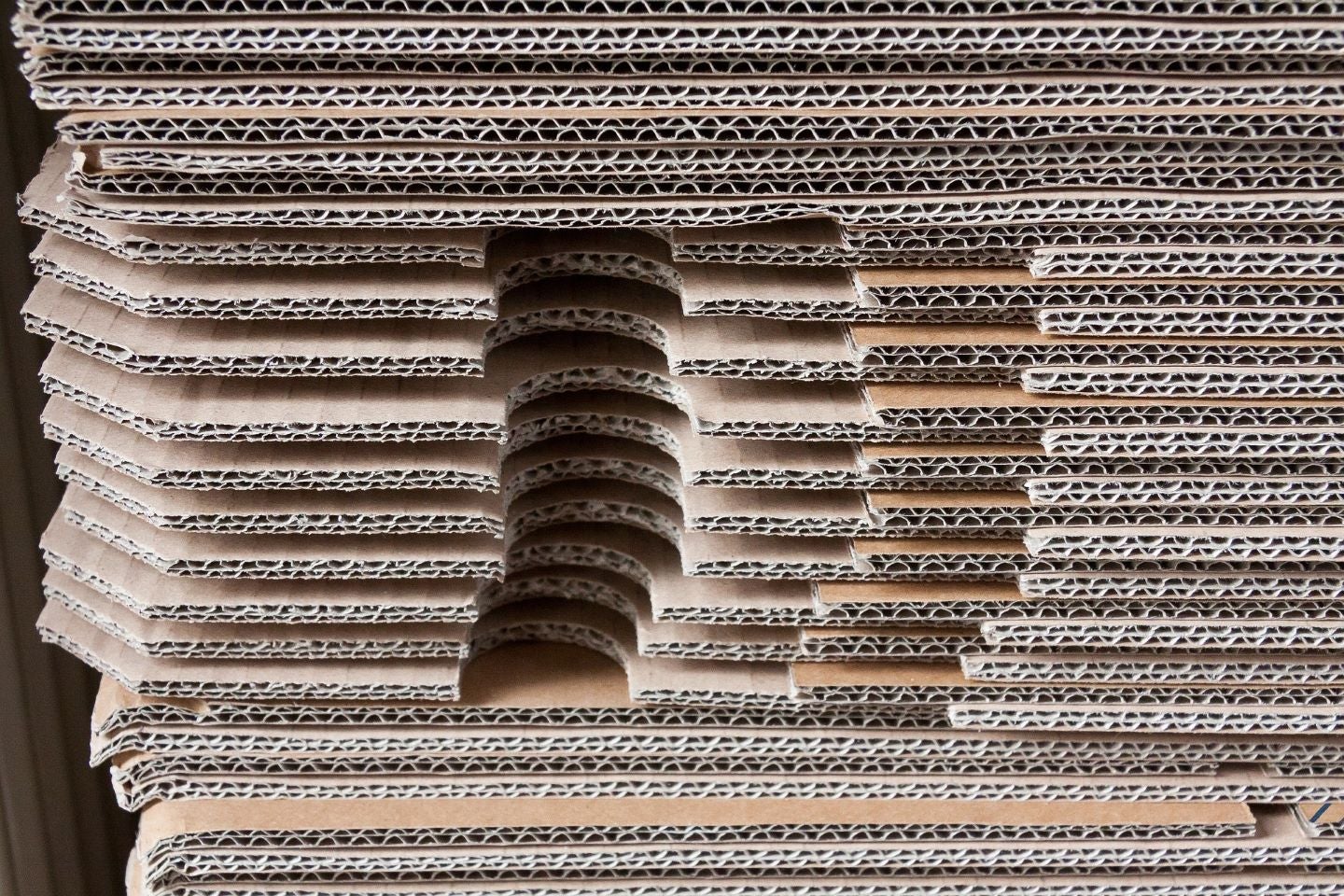
Packaging and resource-recovery company Visy has opened a new corrugated cardboard box facility in Hemmant, Queensland, Australia.
With a capacity to manufacture up to one million boxes per day, the new A$175m ($111m) factory will produce cardboard boxes for food and beverage companies, as well as farmers and growers in Queensland.
The plant has been built as part of Visy executive chair Anthony Pratt’s commitment to invest A$2bn over the next ten years in packaging infrastructure in the country, with A$700m allocated for use in Queensland.
In a statement, Pratt said: “The Queensland Government has created a great business environment for manufacturers to invest and grow in Queensland.
“We’ve invested A$175m to build the most productive and technically advanced corrugated box-making facility in the country. We’ve installed the latest 2.8m-wide corrugator – the most modern corrugator in the Southern Hemisphere.”
Visy collects mixed paper and cardboard from businesses and households in the state and then recycles them at its Gibson Island facility, subsequently transforming them into 100% recycled paper, rather than sending the material to a landfill or exporting them.

US Tariffs are shifting - will you react or anticipate?
Don’t let policy changes catch you off guard. Stay proactive with real-time data and expert analysis.
By GlobalDataThe new facility will utilise 100% recycled paper for manufacturing corrugated boxes and will employ more than 100 local people.
Visy currently employs more than 1,000 people in Queensland, following the completion of the new facility.
Earlier in July this year, Visy concluded upgrade works at its material recovery facility in Auckland, New Zealand.
The work involved an ‘almost’ total rebuild of the Auckland-based facility and required more than eight weeks to complete.



